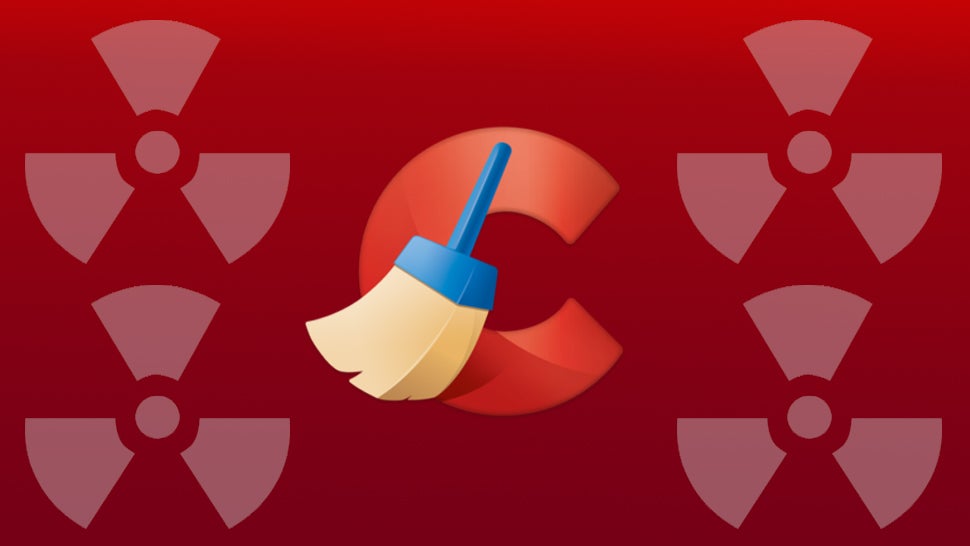


That being said, I wanted to provide an alternate method of backing up and restoring configs in a very simple playbook that does not require templating or configuration of flat-files. It is still fairly easy to build a configuration with NCLU, then pull the rendered configuration with the `net show config files` command and build a template out of it. Instead of starting from a flat-file and templating it out, they are going command by command as they learn Cumulus Linux.

However, many customers also want to build configs with NCLU (or the net commands) when they are first introduced to Cumulus Linux. This reload capability is imperative to data centers and our customers couldn't live without it. This means if swp1-10 were already working and we added configuration for swp11-20, an ifreload will only add the additional config and be non-disruptive for swp1-10. This reload capability allows the box to perform a diff on either `etc/network/interfaces` or `etc/quagga/nf` so when a flat-file is overridden with the template module, only the "diff" (or difference) is applied. A lot of our playbooks use the Ansible template module because it is very efficient and idempotent, and Cumulus Linux has been built with very robust reload capabilities for both networking and Quagga/FRR.

The consulting team uses Ansible very frequently when helping customers fully automate their data centers. To read more about the NCLU module from its creator, Barry Peddycord, click here.
#CCLEANER MALWARE C2 SERVER REINSTALL INSTALL#
This means when you `apt-get install ansible`, you get the NCLU module pre-installed! This blog post will focus on using the NCLU module to backup and restore configs on Cumulus Linux. With the release of Ansible 2.3 the Cumulus Linux NCLU module is now part of Ansible core. Backing up configs with the Ansible NCLU module


 0 kommentar(er)
0 kommentar(er)
